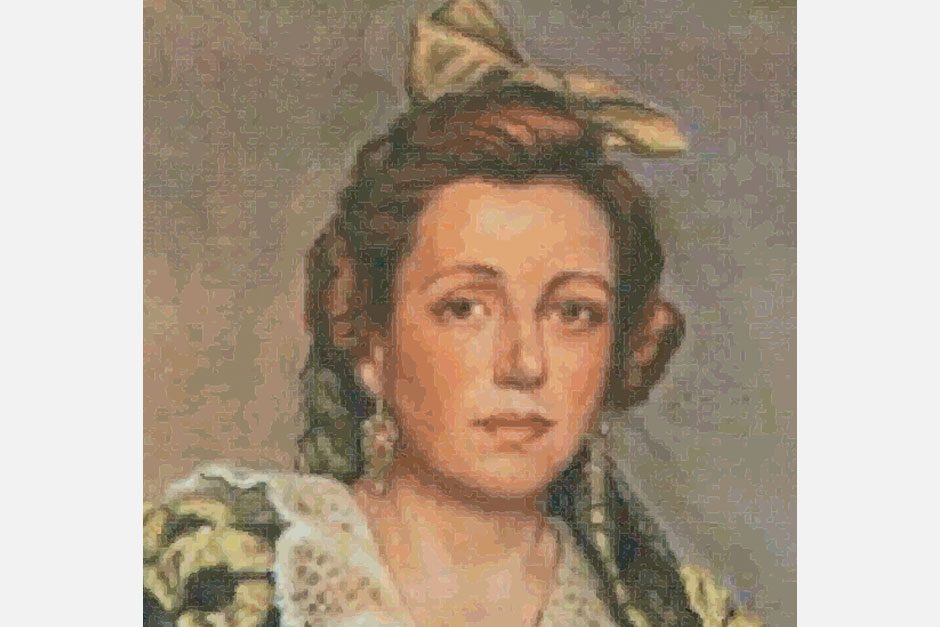Malasaña, more than just a neighborhood
The 2nd of May, as well as being Madrid’s regional holiday, is also the name of the legendary square in the Malasaña neighbourhood (Plaza del Dos de Mayo) with many bars, a street market and vintage shops. The square is the heart of this neighbourhood well known for La Movida Madrileña and for the clubs and pubs that have been around ever since, such as Penta, Vía Láctea and Tupper Wear.
The square and the name of the neighbourhood are related, although the neighbourhood has only been called Malsaña since the 1980s (before then it was Barrio de Maravillas, which is not surprising when you see the theatre).
Manuela Malasaña – who also has a street named after her which begins in Fuencarral, at the Glorieta de Bilbao – was one of the people who rebelled against Napoleon Bonaparte on the 2nd of May.
Manuela was an embroiderer and was only 15 years old during those days that shaped the history of Madrid and marked the start of the War of Independence.
Daughter of a French baker, Jean Masalgne, who was married to the Spaniard Maria Oñoro, Manuela has gone down in history for her bravery and rebellion, although the reason for her death is still not clear. Some theories say that she died helping her father to defend the Monteleón barracks, others say that French soldiers assaulted her in the street and she defended herself with the scissors she carried because of her profession, and others say that she was shot to death precisely for carrying those scissors.
Whatever the case, Manuela Malasaña did not go unnoticed as she was already well known in the neighbourhood for her character and fighting spirit. In the records, Manuela appears as victim number 74 of the more than 400 unnamed people who died in the uprising of 1808.
Categories: Madrid Cultura



